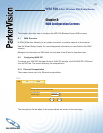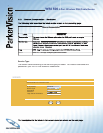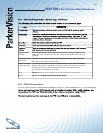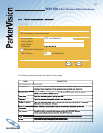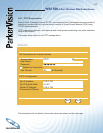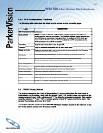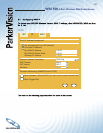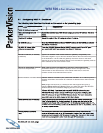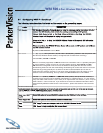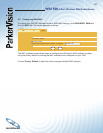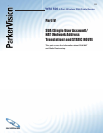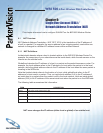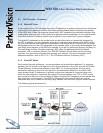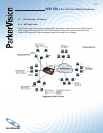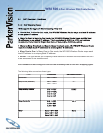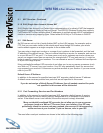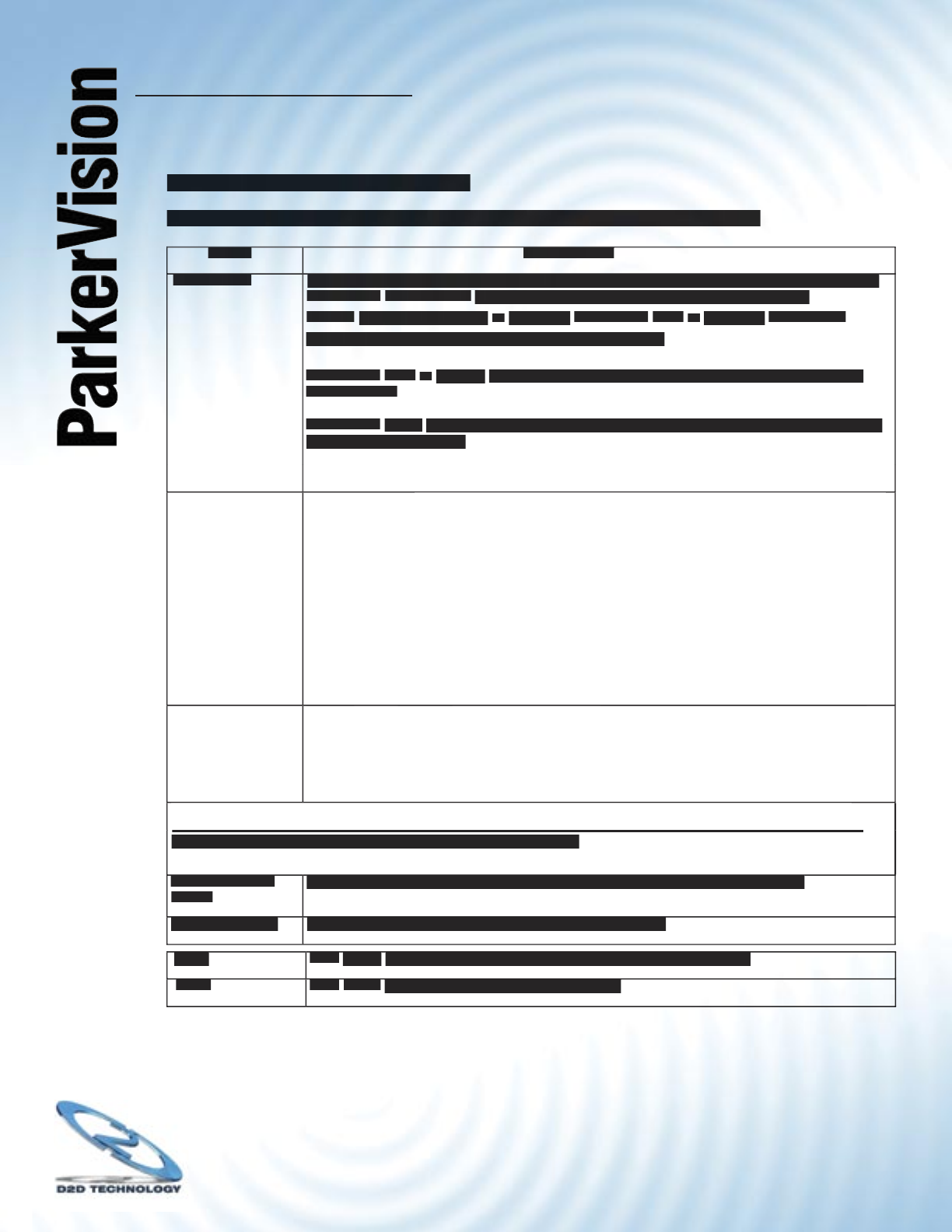
WR1500 4-Port Wireless DSL/Cable Router
®
67
8.4 Confi guring WAN IP - Continued
The following table describes the labels on the screen on the preceding pages.
LABEL
DESCRIPTION
DESCRIPTION
RIP Direction
RIP (Routing Information Protocol) allows a router to exchange routing information with other
RIP (Routing Information Protocol) allows a router to exchange routing information with other
routers. The
RIP Direction
fi eld controls the sending and receiving of RIP packets.
Choose
Both, None, In Only
or
Out Only.
When set to
Both
or
Out Only,
the WR1500
Wireless Router will broadcast its routing table periodically.
When set to
Both
or
In Only,
the WR1500 Wireless Router will incorporate RIP information
that it receives.
When set to
None,
the WR1500 Wireless Router will not send any RIP packets and will ignore
any RIP packets received.
By default,
RIP Direction
is set to
Both.
RIP Version
The
RIP Version
fi eld controls the format and the broadcasting method of the RIP packets that
fi eld controls the format and the broadcasting method of the RIP packets that
the WR1500 Wireless Router sends (it recognizes both formats when receiving).
Choose
RIP-1, RIP-2B
or
RIP-2M.
RIP-1
is universally supported; but
RIP-2
carries more information. RIP-1 is probably adequate
for most networks, unless you have an unusual network topology. Both
RIP-2B
and
RIP-
2M
sends the routing data in RIP-2 format; the difference being that RIP-2B uses subnet
broadcasting while RIP-2M uses multicasting. Multicasting can reduce the load on non-router
machines since they generally do not listen to the RIP multicast address and so will not
receive the RIP packets. However, if one router uses multicasting, then all routers on your
network must use multicasting, also. By default, the
RIP Version
fi eld is set to
RIP-1
.
Multicast
Choose
Choose
None
(default),
(default),
IGMP-V1
IGMP-V1
or
IGMP-V2.
IGMP-V2.
IGMP (Internet Group Multicast Protocol) is
IGMP (Internet Group Multicast Protocol) is
a session-layer protocol used to establish membership in a Multicast group - it is not used to
carry user data. IGMP version 2 (RFC 2236) is an improvement over version 1 (RFC 1112) but
IGMP version 1 is still in wide use. If you would like to read more detailed information about
interoperability between IGMP version 2 and version 1, please see sections 4 and 5 of RFC
2236.
Windows Networking (NetBIOS over TCP/IP): NetBIOS (Network Basic Input/Output System) are TCP or UDP
Windows Networking (NetBIOS over TCP/IP): NetBIOS (Network Basic Input/Output System) are TCP or UDP
Windows Networking (NetBIOS over TCP/IP): NetBIOS (Network Basic Input/Output System) are TCP or UDP
Windows Networking (NetBIOS over TCP/IP): NetBIOS (Network Basic Input/Output System) are TCP or UDP
broadcast packets that enable a computer to connect to and communicate with a LAN. For some dial-up services
broadcast packets that enable a computer to connect to and communicate with a LAN. For some dial-up services
such as PPPoE or PPTP, NetBIOS packets cause unwanted calls.
Allow From WAN
to LAN
Select this option to forward NetBIOS packets from the WAN port to the LAN port.
Select this option to forward NetBIOS packets from the WAN port to the LAN port.
Allow Trigger Dial
Select this option to allow NetBIOS packets to initiate calls.
Select this option to allow NetBIOS packets to initiate calls.
Apply
Click
Click
Apply
to save your changes back to the WR1500 Wireless Router.
Reset
Click
Click
Reset
to begin confi guring this screen afresh.
to begin confi guring this screen afresh.



